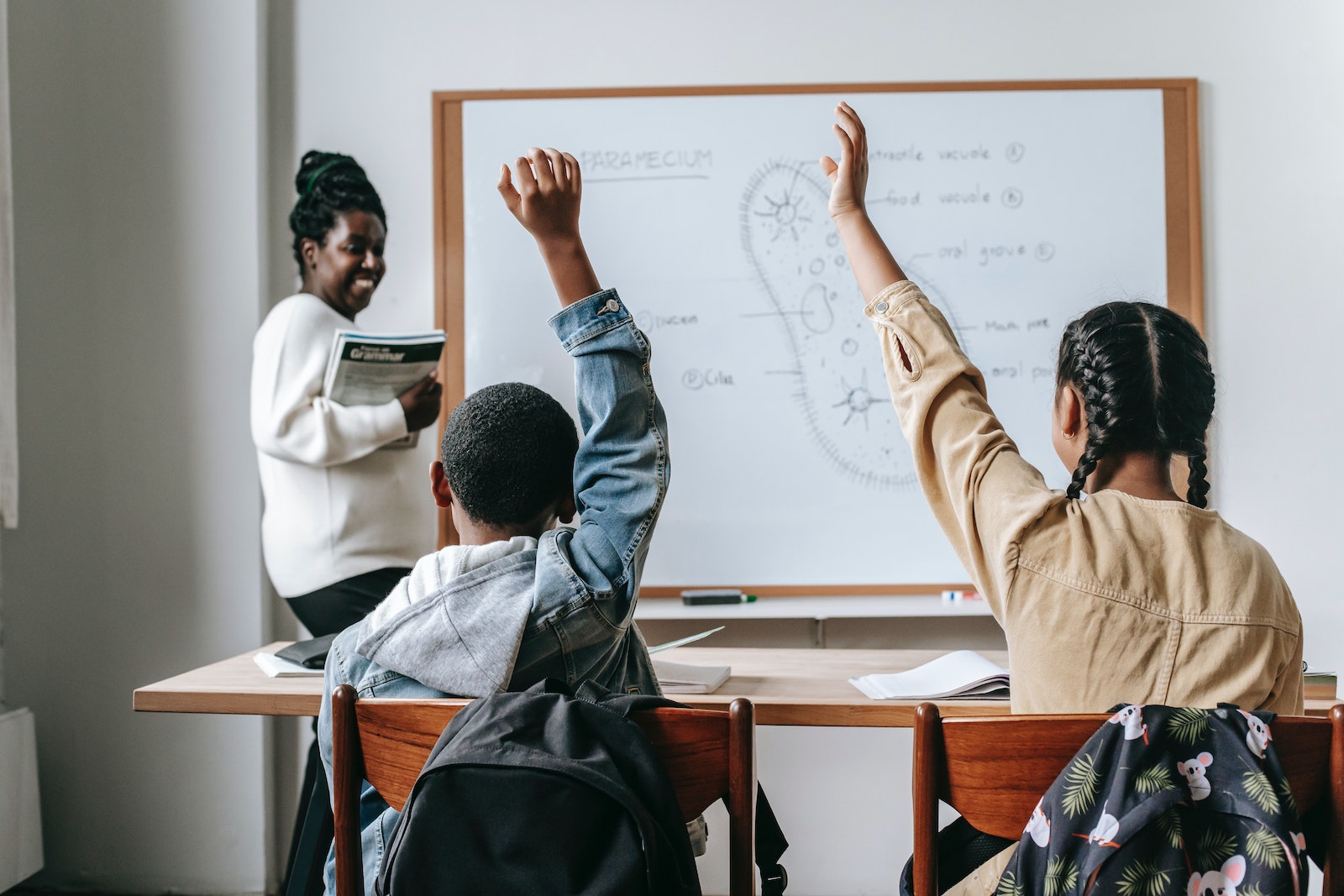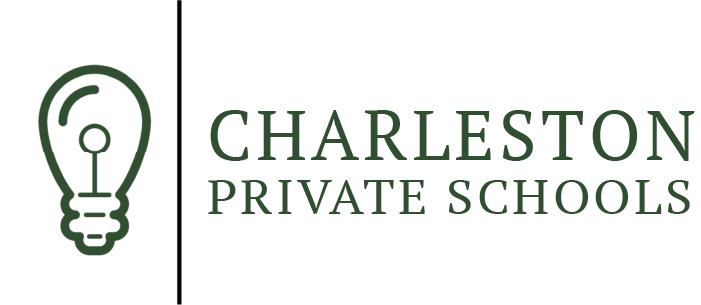This post was originally published on this site

Preparing Students for a Multicultural World
Private schools have a unique opportunity to prepare students for a multicultural world. With a diverse student body and a focus on academic rigor, these institutions can provide an ideal learning environment for students to develop critical perspectives for teaching in a democratic and multicultural society. However, this also presents a challenge for teachers and administrators to ensure that their curriculum and pedagogical practices are culturally responsive and inclusive.
Cultural diversity is a reality in today’s world, and it is essential that private schools embrace this diversity and prepare their students to thrive in a multicultural society. This involves more than just celebrating different cultures or providing language classes. It requires a deep understanding of the complexity of cultural identities and the ways in which they intersect with power and privilege. Private schools must also be intentional in creating an inclusive environment that values and respects all students, regardless of their background.
Understanding Cultural Diversity
Cultural diversity is an essential aspect of our society. It refers to the differences that exist among people from various ethnic, cultural, and linguistic backgrounds. Private schools play a crucial role in preparing students for a multicultural world by providing them with an environment that fosters respect, understanding, and appreciation for diversity.
Diversity encompasses a wide range of factors, including race, ethnicity, language, cultural backgrounds, and more. Private schools must recognize and value these differences to create an inclusive environment that promotes learning and growth for all students. By doing so, private schools can help students develop the skills and knowledge necessary to navigate the complexities of a diverse and multicultural society.
Understanding cultural diversity requires an open mind and a willingness to learn. Private schools can help students develop these qualities by providing them with opportunities to interact with people from different ethnic and cultural backgrounds. This can be achieved through cultural events, language classes, and other activities that expose students to different ways of life and perspectives.
It is also essential to recognize the challenges that exist for ethnic minority and people of color students in private schools. Private schools must work to create an environment that is welcoming and supportive of all students, regardless of their cultural backgrounds. This includes providing resources and support for students who may face discrimination or bias based on their ethnicity or race.
In conclusion, understanding cultural diversity is crucial for private schools to prepare students for a multicultural world. By valuing and embracing diversity, private schools can create an inclusive environment that promotes learning and growth for all students.
Cultural Diversity in Private Schools
Cultural diversity is a crucial aspect of private schools. Private schools aim to prepare their students for a multicultural world by providing them with a diverse student population, inclusive classroom practices, and equitable policies. Private schools have the resources to create an environment that respects and values the backgrounds of all students.
Private schools have a responsibility to ensure that their student population is diverse. This diversity can come from a variety of backgrounds, including race, ethnicity, religion, and socioeconomic status. Private schools that have a diverse student population can provide their students with a unique opportunity to learn from different perspectives and experiences. This can help prepare them for a multicultural world.
Inclusive classroom practices are also important in private schools. Teachers and educators should create a classroom environment that is inclusive of all students, regardless of their background. This can be achieved by using culturally responsive teaching practices, such as incorporating diverse perspectives into the curriculum and creating a safe space for all students to express themselves.
Private schools should also have policies in place that promote equity and inclusion. This can include policies that address issues such as discrimination, harassment, and bullying. Administrators and principals should ensure that these policies are enforced and that all students feel safe and valued.
Finally, private schools should provide resources for families and students to support their cultural backgrounds. This can include resources such as language classes, cultural events, and support groups. By providing these resources, private schools can create a supportive and inclusive environment for all students.
In conclusion, private schools have a responsibility to prepare their students for a multicultural world. This can be achieved by providing a diverse student population, inclusive classroom practices, equitable policies, and resources for families and students.
Challenges and Opportunities
Addressing Stereotypes and Prejudice
Cultural diversity is an essential aspect of modern society and private schools play a critical role in preparing students for a multicultural world. However, addressing stereotypes and prejudice can be a significant challenge. Stereotypes are preconceived notions about people based on their race, ethnicity, gender, or other characteristics. Prejudice is a negative attitude towards a person or group based on their perceived characteristics. Both stereotypes and prejudice can lead to discrimination and marginalization of individuals.
Private schools can address stereotypes and prejudice by promoting awareness and understanding of different cultures. This can be achieved through curriculum development, cultural exchange programs, and diversity training for teachers and students. By creating an inclusive and respectful learning environment, private schools can help students overcome stereotypes and prejudice.
Promoting Respect and Tolerance
Promoting respect and tolerance is another critical aspect of preparing students for a multicultural world. Private schools can promote respect and tolerance by encouraging open communication and dialogue among students from different backgrounds. This can be achieved through classroom discussions, group projects, and extracurricular activities.
Private schools can also promote respect and tolerance by celebrating cultural diversity. This can be achieved through cultural festivals, food fairs, and other events that highlight different cultures. By promoting respect and tolerance, private schools can help students develop a positive attitude towards cultural diversity.
Overcoming Language Barriers
Language barriers can be a significant challenge in promoting cultural diversity in private schools. Students who speak different languages may struggle to communicate effectively, which can lead to misunderstandings and frustration. Private schools can overcome language barriers by providing language instruction and support services for students who speak different languages.
Private schools can also promote communication and understanding among students who speak different languages by encouraging peer-to-peer learning and collaboration. By overcoming language barriers, private schools can help students develop the communication skills necessary to succeed in a multicultural world.
In conclusion, private schools face significant challenges in preparing students for a multicultural world. However, by addressing stereotypes and prejudice, promoting respect and tolerance, and overcoming language barriers, private schools can help students develop the skills necessary to succeed in a diverse and global society.
The Role of Multicultural Education
Private schools have a unique opportunity to prepare students for a multicultural world by providing a comprehensive multicultural education. Multicultural education is an approach that recognizes and values cultural diversity and seeks to create an inclusive learning environment that celebrates and respects all cultures. It aims to equip students with the knowledge, skills, and attitudes necessary to function effectively in a culturally diverse society.
Inclusive Curriculum Design
Inclusive curriculum design is an important aspect of multicultural education. It involves designing lesson plans and educational materials that reflect the diversity of the student population. This can be achieved by incorporating diverse perspectives, experiences, and cultural traditions into the curriculum. It is important to note that an inclusive curriculum design does not mean adding a few token references to different cultures, but rather integrating a diverse range of perspectives throughout the curriculum.
Culturally Responsive Teaching
Culturally responsive teaching is another key component of multicultural education. It involves using teaching strategies that are responsive to the cultural backgrounds and experiences of the students. This includes incorporating cultural references, using culturally relevant examples, and adapting teaching strategies to meet the needs of diverse learners. Culturally responsive teaching helps to create a more engaging and inclusive learning environment that promotes student success.
Assessment and Progress Monitoring
Assessment and progress monitoring are also important aspects of multicultural education. It is important to ensure that assessments are culturally responsive and free from bias. This includes using a diverse range of assessment methods that reflect the cultural backgrounds and experiences of the students. Progress monitoring involves regularly assessing student progress and adjusting teaching strategies accordingly to ensure that all students are making progress.
In conclusion, multicultural education has an important role to play in private schools in preparing students for a multicultural world. Inclusive curriculum design, culturally responsive teaching, and assessment and progress monitoring are key components of a comprehensive multicultural education. By implementing these strategies, private schools can create a more inclusive learning environment that celebrates and respects cultural diversity.
The Impact of Socioeconomic Factors
Private schools that have a diverse student body are better equipped to prepare students for a multicultural world. However, it’s important to recognize that socioeconomic factors can impact a student’s ability to thrive in such an environment.
Students from economically diverse backgrounds may face unique challenges that could impact their academic performance and social interactions. For example, students from low-income families may not have access to the same resources as their peers, such as private tutoring or extracurricular activities. This could result in lower academic achievement and a lack of participation in school events.
It’s also important to note that socioeconomic status can impact a student’s sense of belonging in a diverse community. Students from low-income families may feel out of place in an environment where their peers come from more affluent backgrounds. This could lead to feelings of isolation and a lack of engagement in school activities.
On the other hand, students from more affluent families may have a greater sense of entitlement, which could impact their ability to work collaboratively with peers from different backgrounds. It’s important for private schools to recognize these potential challenges and work to create an inclusive environment that supports all students.
In conclusion, socioeconomic factors can impact a student’s ability to thrive in a culturally diverse private school environment. It’s important for schools to recognize these challenges and work to create an inclusive community that supports all students, regardless of their economic background.
Engaging Diverse Communities
Private schools that prioritize cultural diversity must engage with diverse communities to create an inclusive classroom environment. This includes building relationships with families from diverse backgrounds, including immigrants and migrant students, to foster a sense of belonging and community.
Collaboration with diverse communities can also help to create a more inclusive curriculum that reflects the experiences of all students. This may involve incorporating bilingual materials or teaching strategies that promote pluralism and multiculturalism.
Private schools must also consider the challenges faced by immigrant students and families, including assimilation and language barriers. Providing support and resources to help these students succeed can help to create a more inclusive and equitable learning environment.
In summary, private schools that prioritize cultural diversity must actively engage with diverse communities to create an inclusive classroom environment. This includes building relationships, promoting collaboration, and providing support to immigrant students and families.
The Influence of Race and Ethnicity
Private schools in the United States are becoming increasingly diverse, with more students from various racial and ethnic backgrounds enrolling each year. According to the U.S. Census, the country is becoming more multicultural than ever before, and private schools must adapt to this changing demographic to prepare their students for a multicultural world.
Asian students are one of the fastest-growing groups in private schools. These students bring unique cultural perspectives and experiences to the classroom, and private schools must recognize and celebrate these differences. However, racism and discrimination against Asian students is still a pervasive issue in some private schools, and schools must take steps to address and prevent it.
Latino and African-American students also make up a significant portion of private school populations. These students often face challenges that are unique to their racial and ethnic identities, such as socioeconomic barriers and lack of representation in the curriculum. Private schools must work to provide these students with resources and support to overcome these obstacles and succeed academically.
White students are still the majority in many private schools, and it is important for them to understand and appreciate the diverse perspectives of their peers. Private schools must foster an inclusive environment where all students feel valued and respected, regardless of their race or ethnicity.
In conclusion, private schools must recognize the influence of race and ethnicity on their student populations and take steps to promote diversity and inclusion. By preparing students for a multicultural world, private schools can help create a more equitable and just society for all.
Inclusion of Students with Disabilities
In private schools, it is important to ensure that students with disabilities are included in all aspects of the educational experience. This includes not only academic activities, but also extracurricular activities, sports, and social events. Inclusion of students with disabilities helps to create a more diverse and inclusive school community, and prepares all students for a multicultural world.
Private schools should have policies and procedures in place to ensure that students with disabilities are provided with the necessary accommodations and support to fully participate in all aspects of school life. This may include providing assistive technology, modifying curriculum and assessments, and providing additional support from teachers and staff.
In addition to providing accommodations, private schools should also focus on creating a culture of inclusiveness. This means promoting acceptance and understanding of students with disabilities among all members of the school community. Private schools can achieve this by providing training and resources to teachers and staff, as well as promoting disability awareness and acceptance among students.
Overall, private schools have a unique opportunity to promote inclusiveness and prepare students for a multicultural world by including students with disabilities in all aspects of school life. By providing accommodations and promoting a culture of inclusiveness, private schools can help ensure that all students have the opportunity to reach their full potential.
Preparing Students for a Multicultural World
In today’s globalized world, cultural diversity is becoming increasingly important. Private schools have a responsibility to prepare their students for a multicultural society. This means that students must be equipped with the knowledge, skills, and attitudes needed to interact effectively with people from different cultures.
To prepare students for a multicultural world, private schools can adopt intercultural approaches that promote cultural pluralism, equity, and inclusion. This can be achieved by providing students with opportunities to learn about different cultures, languages, and traditions. Schools can also create a safe and inclusive environment where students from diverse backgrounds feel valued and respected.
To ensure that students are adequately prepared for a multicultural world, private schools must have trained teachers who are knowledgeable about cultural diversity. Teachers must be able to create a curriculum that reflects the diversity of their students and promotes intercultural understanding. They must also be able to facilitate discussions that encourage students to explore their own cultural identity and learn from others.
In conclusion, private schools have a crucial role to play in preparing students for a multicultural world. By adopting intercultural approaches, promoting cultural pluralism, equity, and inclusion, and ensuring that teachers are trained in cultural diversity, private schools can help their students become global citizens who are able to navigate the complexities of a multicultural society.

